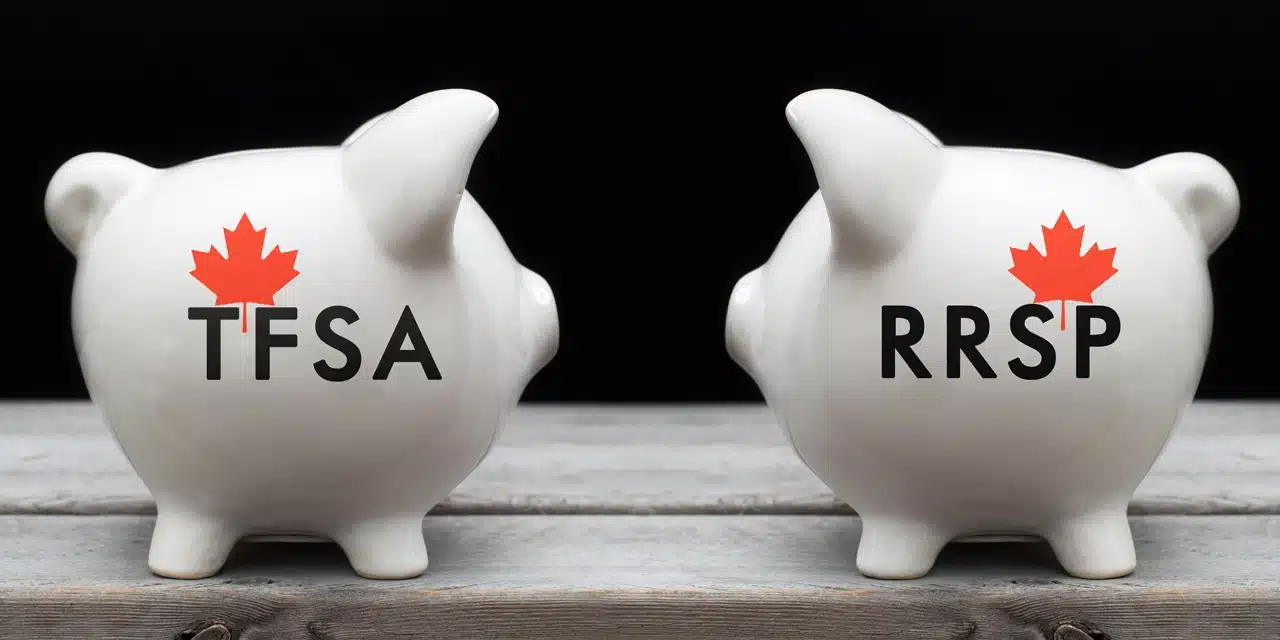By Harvest ETFs
The rising popularity of ETFs have opened a wide range of investment strategies to ordinary investors. ETFs can package strategies that were once reserved for institutional money managers—like options writing, alternative investing, or leverage—into an easily tradeable unit.
However, as these strategies become easier for ordinary investors to access, they may begin encountering unfamiliar terms used widely among professional managers.
While the universe of ETF strategies is perhaps too wide to fully define here, this guide will outline some key general ETF terminology as well as key terms used in the equity income ETFs that Harvest ETFs is known for.
Net Asset Value (NAV) and Market Price
The Market Price of an ETF is the price at which a unit of an ETF trades and closely tracks the Net Asset Value (known as the NAV) of the ETF’s holdings. Unlike mutual funds, ETFs trade during the day on stock exchanges, therefore an ETF’s NAV will fluctuate while the market it trades on is open. The NAV of an ETF is tied to the aggregate value of the ETF’s portfolio holdings. If the value of those securities rises, the NAV should rise. If the value of those securities falls, the NAV should fall. The market price should track those movements.
This article details how ETFs are made and how they trade on exchanges.
Management Fee vs. MER
Management Fees are the costs an ETF manager passes on to the unitholder for managing the ETF. That fee is how an ETF unitholder pays for its various business expenses and compensates its management team. Fees can vary a great deal between ETFs largely based on the strategies involved. Passive or index ETFs, which do not involve much work on the part of portfolio managers, tend to charge lower fees. Actively managed ETFs, which may include a more sophisticated strategy or require more work to manage will typically charge higher fees.
MER stands for Management Expense Ratio, which is published by an ETF on a biannual basis. MER represents the total costs of an ETF including the fees charged by the manager, plus operating expenses like legal fees, auditing, administrative and other costs plus tax.
When comparing ETFs, it’s worthwhile to consider what strategies the ETF is using, those can help explain the management fee and MER of that ETF.
Yield
Some ETFs offer an income yield, which is usually displayed as a percentage on the ETF’s website and specific marketing materials. Unless otherwise specified, that yield number is a percentage of the ETF’s Market close price as at a specific date. Typically, a yield number is annualized. An ETF that pays out its income in monthly or quarterly distributions (more on that term below) will still display an annualized yield.
Distributions vs. Dividends
Many investors will refer to the income they are paid by their investments as ‘dividends’ and go searching for dividends when looking for an income investment. This can prove to be misleading. The common use of the term ‘dividends’ generally means any income paid by an investment. However, the technical definition of dividends is the income paid by a specific company to its shareholders. ETF providers will generally use that stricter technical definition.
They use that definition because many income investments generate their income from means other than the collection of dividends.
For example, a Harvest equity income ETF like the Harvest Healthcare Leaders Income ETF (HHL:TSX) generates the cashflow it pays to unitholders in part by collecting the dividends paid by the companies it owns. The larger portion of HHL’s cashflow is generated by the writing of covered call options. Therefore, HHL pays a ‘distribution’ every month to its unitholders, not a dividend.
Prospective investors looking for dividends from an ETF should look instead for the term ‘distribution’ as that will usually point to the amount—and the frequency—that the ETF pays its cashflow.













